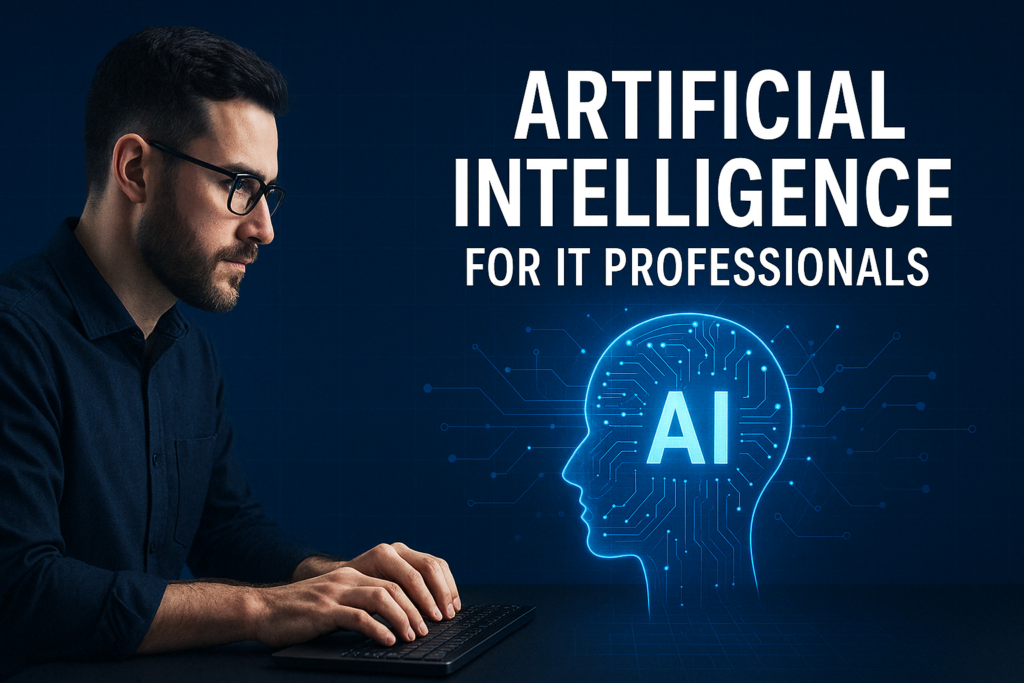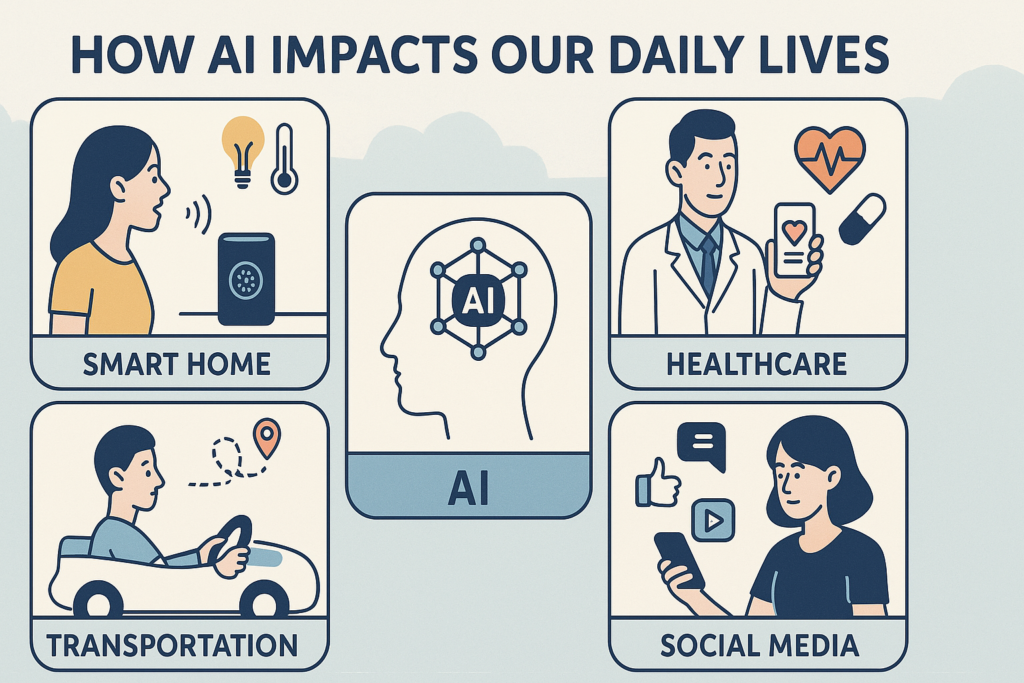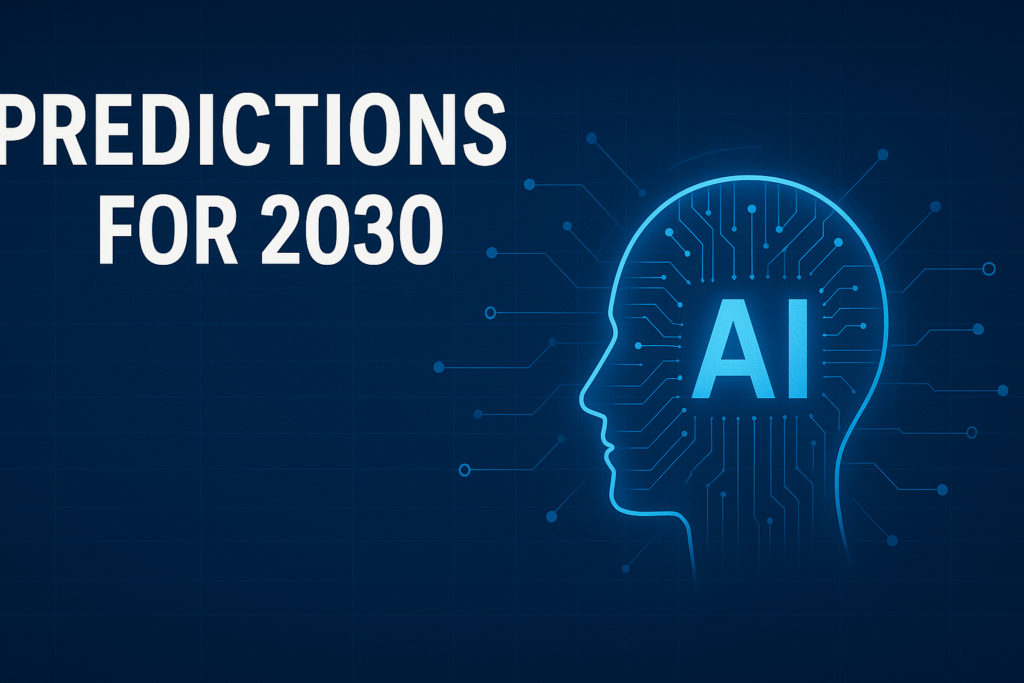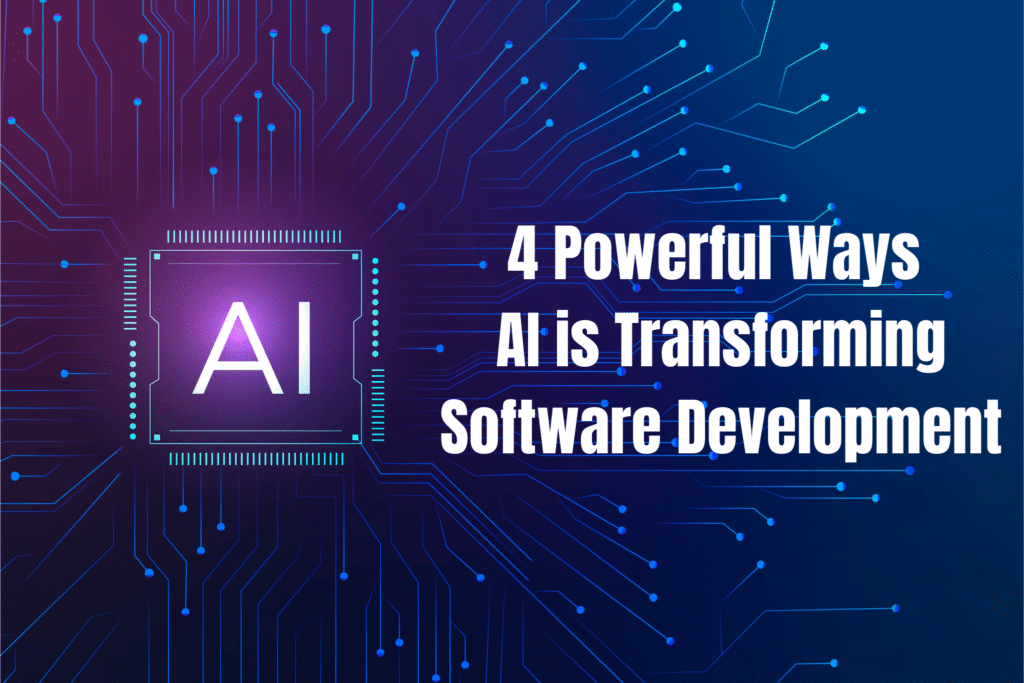
Do you know that Artificial Intelligence (AI) will add $15.7 trillion to the global economy by 2030? Artificial Intelligence for IT Professionals in the USA and UK, it’s a game-changer that’s transforming careers, businesses, and everyday life. Whether you’re a developer, systems admin, or cybersecurity expert, understanding AI is no longer optional, it’s a must!
What is Artificial Intelligence
Artificial Intelligence (AI) makes machines resemble human intelligence, such as learning, reasoning, or problem-solving. From voice assistants to self-driving cars, AI powers technologies that previously seemed sci-fi.
Types of AI
- Narrow AI: Specialized systems for specific tasks ( Siri, Netflix recommendations).
- General AI: Theoretical systems that display human-like intelligence (not developed).
- Superintelligent AI: A concept of the future that is smarter than humans (a weird idea).
AI Basics
- Machine Learning: Algorithms that learn and improve from data.
- Deep Learning: Part of the work that neural networks do, such as for image recognition.
- Neural Networks: Computing systems inspired by the human brain that process data.
Why is Artificial Intelligence for IT Professionals
AI is transforming IT by automating boring tasks, improving cybersecurity, and enabling smarter software development. For the IT pro, understanding AI basics opens the door to new roles such as AI engineer, data analyst, or ML specialist.
How Artificial Intelligence Works for IT Professionals
There’s no magic—it comes down to three things: data, algorithms, and computing power.
Basic Pillars of AI
- Data: The fuel of AI. Models learn from large data sets (e.g., customer records, photos).
- Algorithms: Rules that process data. Examples:
- Supervised learning (labeled data, such as identifying spam emails).
- Unsupervised learning (finding patterns in unlabeled data, such as customer segmentation)
- Computing power: GPUs and cloud platforms (e.g. Avast, Google Cloud) process complex models quickly.
Live Example
Data: Thousands of emails labeled spam or not spam.
Algorithm: The mul model analyzes patterns.
Output: The filter gets better over time, catching more spam and making fewer errors.
Impact on IT Careers
What IT Pros Do:
- Managing data pipelines (such as cleaning and organizing data sets)
- Deploying I-Models via API or Cloud platforms.
- Optimizing infrastructure for workloads (such as GPU clusters).
How AI Impacts Our Daily Lives

AI is everywhere, often working behind the scenes to make life easier. For IT pros, understanding these applications presents new opportunities to build or improve AI-driven systems.
How Consumers Use AI
- Smartphones:
- Voice assistants (like Siri, Google Assistant) use natural language processing.
- Camera features like portrait mode depend on image recognition.
- Social Media
- Algorithms do feeds (like Instagram’s Explore page).
- It predicts user preferences through targeting.
- eCommerce:
- Personalized product recommendations (like Amazon’s “You Should Write”).
- Chatbots handle customer queries 24/7.
Behind the Scenes of Artificial Intelligence for IT Professionals
IT professionals power these systems by:
- Developing services for features (such as adding a chatbot to a website).
- Optimizing systems to handle peak traffic and user engagement
- Keeping user data secure and maintaining trust.
Real-Life Example of Artificial Intelligence for IT Professionals
Have you ever wondered how Netflix knows exactly what you want to watch? Its recommendation engine analyzes your viewing history, compares it with millions of users, and predicts your next binge. This is a real-world example of Artificial Intelligence for IT Professionals, where IT pros build the infrastructure and design the algorithms that power such smart systems.
Unlocking IT Opportunities Through AI in Business
Businesses in every industry are adopting IT, so stay ahead. For IT pros, this creates demand for IT integration and management skills.
Exploring AI Use Cases in Business
- Automation:
- Robotic Process Automation (RPA) simplifies repetitive tasks like data entry.
- Example: Banks process loan applications from RAPA quickly.
- Customer Insights:
- Predictive analytics forecasts sales or customer behaviour.
- Example: Retailers optimize inventory based on demand trends.
- Cybersecurity:
- Detects threats (such as unusual network activity) in real time.
- Example: e-powered firewalls block advanced cyber taxes.
Key Benefits for Businesses
Cost Savings: Automation reduces manual work.
Efficiency: Processes data faster than humans.
Competitive Advantage: Personalized customer experiences drive loyalty.
What IT Professionals Do
IT pros are key in AI adoption by:
- Integrating tools into existing systems
- Managing cloud infrastructure for workloads.
- Ensuring it is ethical.
Top Artificial Intelligence Tools for IT Professionals
These tools help IT pros build, test, and deploy intelligent systems. Here’s a list of some beginner-friendly tools.
Recommended AI Tools
- TensorFlow:
- Open-source platform for building machine learning models.
- Perfect for: Developing scalable applications.
- Example: Creating a fraud detection system for financial transactions.
- PyTorch:
- Flexible framework that’s best for research and prototyping.
- Perfect for: Experimenting with deep learning models.
- Example: Creating a custom image recognition model.
- Hugging Face:
- Platform for natural language processing (NLP) models.
- Perfect for: Adding to chatbots or text analysis apps.
- Example: Developing a chatbot for customer support.
- Google Cloud AI:
- Cloud-based platform for scalable solutions.
- Perfect for: IT pros managing enterprise-grade A infrastructure.
- Example: Deploying AI models for real-time analytics.
Advice for Beginners
You can start with free tutorials, such as TensorFlow’s official guides or the documentation from Hugging Face, to build your foundational knowledge. For those exploring Artificial Intelligence for IT Professionals, experimenting with pre-built models is a great way to understand how workflows function and gain practical experience. Additionally, joining online communities like Reddit’s r/Machine Learning or GitHub can provide you with valuable support, insights, and discussions to help you grow in your learning journey.
What’s Next for AI?
Emerging AI Trends
- AI Ethics:
- Focus on working around bias.
- Regulations like the AU Act will shape development.
- Generative AI:
- Tools like Chatgpt and Dal· create text, images, and more.
- Applications: Content Creation, Design, Virtual Assistants.
- AI Across Various Sectors:
- Healthcare: Eye for diagnostics and personalized treatment.
- Finance: Fraud Detection and Algorithmic Trading.
- Autonomous Systems: Self-Driving Cars and Drones.
Predictions for 2030

By 2030, AI tools will become more accessible, allowing non-experts to easily use them for various tasks. For those working in Artificial Intelligence for IT Professionals, this shift means building systems that are both user-friendly and ethically aligned. Alongside this, stricter regulations will be implemented to ensure the ethical use of AI, ensuring fairness and transparency. Moreover, AI will be integrated into every industry, from retail to agriculture, transforming business operations and enhancing efficiency across the board.
Opportunities for IT Professionals
IT professionals should focus on continuous growth and leadership. In the evolving field of Artificial Intelligence for IT Professionals, upskilling through online courses on platforms like Coursera or Udemy is a great way to learn AI concepts and tools at your own pace. Additionally, specializing in niches like AI ethics or generative AI can help you become an expert in areas that are gaining significant attention. Lastly, leadership plays a crucial role in guiding organizations through responsible AI adoption. By leading initiatives that ensure ethical practices and drive innovation, IT professionals can make a lasting impact on the industry.
Challenges and Ethical Implications
Along with the benefits of EBITDA, there are also some challenges that IT pros will have to solve.
Bias in AI Models:
Consider a hiring algorithm that, due to biased training data, tends to favour male candidates over others. To tackle this issue, it’s essential to implement regular audits and incorporate diverse datasets into the model’s training process. These measures help ensure that the algorithm’s decisions are more balanced and fair, thereby reducing inherent bias and promoting equality in hiring practices.
Privacy Concerns:
An example of a major issue is when AI systems collect sensitive user data without obtaining proper consent. To address this, it’s crucial to implement strong encryption methods to protect the data and ensure that the AI systems comply with privacy regulations such as GDPR and CCPA. These steps will help safeguard user privacy, maintain trust, and ensure that data is handled responsibly and ethically.
Job Displacement:
There is a growing concern that AI will automate jobs, such as data entry and customer service, leading to job displacement. However, it’s important to recognize that AI also creates new opportunities. For instance, roles like AI trainers and ethicists are emerging, where professionals are needed to ensure AI systems are developed, tested, and used responsibly. These new positions help bridge the gap, allowing individuals to adapt to the changing job landscape while contributing to the ethical implementation of AI technologies.
The Role of IT in Ethical AI
Transparency: Document the decision-making process behind AI algorithms to ensure transparency and accountability in AI systems.
Security: Safeguard AI systems from hacking, misuse, or data breaches by implementing strong security measures and protocols.
Fairness: Advocate for the development of AI systems that are inclusive and fair, ensuring that they serve all users equitably, free from bias and discrimination.
Artificial Intelligence is no longer a dream in the future—it’s a reality that’s transforming IT, business, and daily life. From Netflix recommendations to detecting cyber threats, AI offers endless possibilities for IT pros.
Positive Outlook
These are opportunities for challenged professionals to innovate, build trust, and shape the future of technology.
What AI Means for Us
Artificial Intelligence is no longer a dream in the future—it’s a reality that’s transforming IT, business, and daily life. From Netflix recommendations to detecting cyber threats, AI offers endless possibilities for IT pros.
Main Points
- AI basics: Understand the types, components, and how it works.
- Applications: It enhances smartphones, social media, and businesses.
- Tools: TensorFlow, PyTorch, and Hugging Face are Awesome to get you started.
- Future: The growth of the organization provides upskilling and leadership opportunities.
Start Today
It’s not just for data scientists—it’s for every data pro who wants to shape the future. Take these steps
1. Try the TensorFlow tutorial or the Hugging Face demo.
2. Join this course on Coursera or Udemy.
3. Explore projects at work, like automating a repetitive task.

